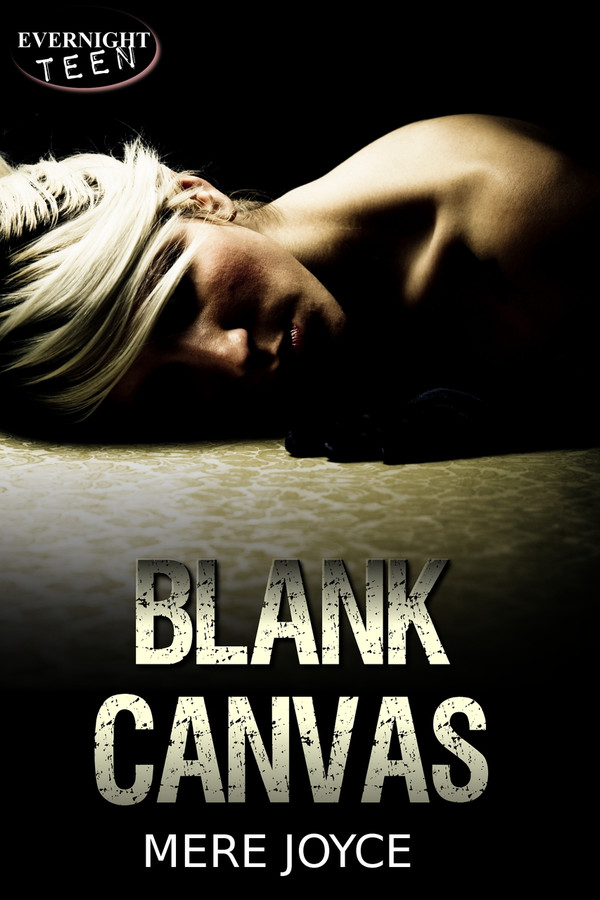CM Magazine
Madison Deacon, 16, is in recovery. Just six months ago, she escaped from a man she refers to as “The Painter” who held her tied up “in a dank, dark room” for two and half years. Blank Canvas follows Maddie’s post-trauma journey as she struggles to regain control of her life and put the terror of the kidnapping behind her. Canadian author Mere Joyce takes readers into the heart and soul of Maddie’s battle by telling her story in the first person. At times defiant and angry, and at others depressed and hopeless, Maddie is self-reflective and self-critical. She narrates her concerns about the worry she continues to cause her parents and sister, her inability to tell all to her therapist, and the confusion she feels about letting Wes, both friend and love interest, into her heart. Mostly she grieves the loss of her life’s great passion, painting. Joyce builds suspense through a sensitive and authentic depiction of Maddie’s inner conflict. Maddie understands that revealing what happened to her during the two and a half years she spent tied to a closet door may help her recover. But even thinking about The Painter causes Maddie such anguish that suppressing the trauma feels safer. So, while on the surface Maddie seems to be coping well, her inner turmoil occasionally breaks the surface in the form of a stutter. Visually oriented readers will appreciate the use of artistic language in this novel. The legacy of The Painter’s sick obsession with painting may prevent Maddie from creating art, but she still sees and describes the world in the rich vivid detail of an artist. This neat, stylistic device allows Joyce to show, rather than tell, readers about Maddie’s artistic character. Describing a drawing she is working on following an evening out with her sister, Maddie says, “I start with the lights. I make them shine, make them streak through the night. I love the contrast of the soft misty colors against the grey-black outlines of the pencil.” And later on, as Maddie turns the corner towards healing, she decides to get her hair cut. Describing what she sees in the mirror when the stylist has finished she says, My whole head has been dyed an even, white-blond color, with actual strands of white and silver throughout. And on my right, the hair framing my face has been accented with an undercurrent of black peeking out through the strands. Painting and art are primary themes in this novel. Joyce uses art to show the power of art to reveal and heal as Maddie moves from being unable to even look at a canvas, to becoming physically ill when she sees a painting that reminds her of her captor, to ultimately triumphing over him by creating an award-winning painting. Joyce understands that the kidnapping and confinement are quite enough horror for her young teen audience, and so, early in the novel, Maddie lets the reader know that she was not sexually assaulted by The Painter. But it takes the length of the novel for Maddie to open up and share what The Painter did to her. She tells Wes, “He liked to paint me. He’d start at one body part, and move to another, until my skin was covered with his random, senseless designs”. Leaning a little heavily into the too-good-to-be-true category, Joyce has populated Maddie’s life with a highly functional family and a remarkably wise boyfriend. Both are instrumental in helping Maddie heal. Maddie and Wes’s romance heats up quickly once Maddie begins to trust those around her. But here again, Joyce is mindful of her audience, and the details of their passion are graphic enough to be interesting but restrained enough for a junior high aged audience. The takeaway for this audience is likely to be an enjoyable, entertaining novel about a very likeable character. More thoughtful readers may also see a message about how patience and love can help us find the courage we need to recover from even the most horrifying of events. Highly Recommended.






